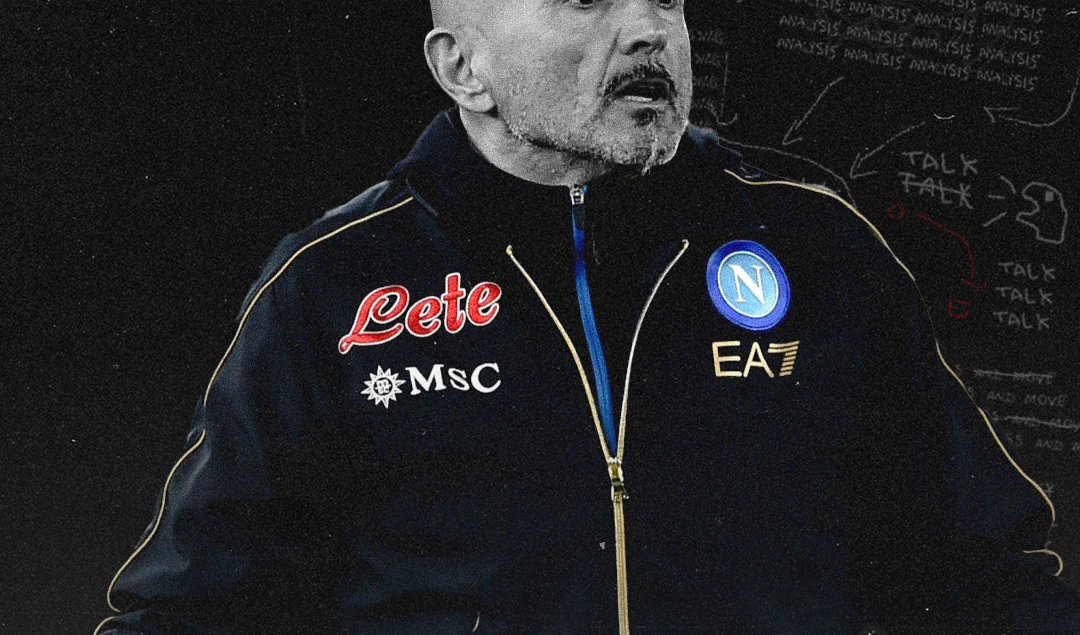A Brief History Lesson of Neapolitan Football
Napoli have claimed their third Scudetto and first in 33 years, and they’ve done so in stellar fashion with 26 wins, 5 draws, 4 losses, 70 goals scored and 25 conceded. They have obliterated the competition and claimed their place atop Italian football’s totem pole, with the likes of Victor Osimhen and Stanislav Lobotka playing a key role in their league title. Today, we’re going to be taking a look at the vivacious history of Società Sportiva Calcio Napoli.
Our history lesson starts in the early 1900s when British sailors and locals formed Naples Foot-Ball & Croquet Club. The team competed in the Lipton Challenge Cup, a trophy formed by Thomas Lipton, of tea fame, with other Southern Italian teams, since the Southerners were not welcomed to the Italian football league. In 1912, Internazionale Napoli split off from them, with the two clubs reuniting in 1922 as Foot-Ball Club Internazionale-Naples, abbreviated as FBC Internaples.
However, Internaples changed its name to Associazione Calcio Napoli in 1926 following pressure from the new fascist government to “Italianize” the club name. The club entered the first tier of Italian football, which was split into two groups. Napoli finished last in their group with one point from 18 games. This prompted rival fans to call them the little donkeys, throwing shade at the city’s emblem which was a horse. The club and its fans have since taken this nickname on and have made it their own.
Paraguayan-born striker Attila Sallustro was the first fully-fledged fan favorite and the first in a long line of iconic attackers to play for Napoli, having left South America at a young age and moved to Napoli. He would score 107 goals in his 12 years of playing for the club across 258 appearances, eventually moving to Salernitana where he would spend two years before hanging up his boots in 1939.
Napoli are champions of Italy for the third time in club history and the first time in 33 years, clinching the Scudetto with five matches to spare after drawing 1-1 at Udinese.
Today, we’re going to take a look at some of the heroes behind Napoli’s historic title. pic.twitter.com/FHrECogI5x
— Breaking The Lines (@BTLvid) May 4, 2023
After they moved into their Stadio San Paolo in 1959, they won the club’s first major trophy, the 1962 Coppa Italia, despite playing in Serie B at the time. In 1964, another name change was completed, this time to Società Sportiva Calcio Napoli. The 70s saw the rise of the club to a regular solid top-six side, with regular appearances in Europe, third and second-place finishes in Serie A and another Coppa Italia in 1976. This period was marked by players like Dino Zoff and the record-breaking striker José Altafini, who led them to their best-ever finish of second in 1967-68.
In 1984, Napoli completed the signing of Diego Armando Maradona from Barcelona, a signing that would change the course of Napoli’s history. The squad was gradually built around him with additions like Ciro Ferrara, Salvatore Bagni and Fernando De Napoli and the club rose to win their first Scudetto in 1987, whilst also lifting the Coppa Italia. Their front line was nicknamed MaGiCa, after its components, Diego Maradona, Bruno Giordano and Careca.
As they were the first and to this day only southern Italian team to win the title, Maradona attained near god-like status in Naples. This status was further cemented with the 1989 UEFA Cup win, knocking out Juventus and Bayern Munchen in the process, and another Scudetto in 1990. During the World Cup, Maradona asked the Italian fans to support Argentina, explaining that the Italy squad represented the North, which looked down on Southern Italians.
Napoli fans responded by displaying a banner that read, “Maradona, Naples loves you, but Italy is our homeland.” The Stadio San Paolo was the only stadium during that World Cup in which the Argentinian national anthem was not jeered. As with his career overall Maradona’s time in Naples was filled with controversy, containing allegations of an illegitimate son and friendships with the local Camorra outfits, and ended with him leaving after testing positive for cocaine.
How a Betting Scandal Saw Hellas Verona Win Their Only Scudetto
His departure sent the club into a downward spiral, seeing them become a yo-yo team during the 90s and early 2000s and culminating in their 2004 bankruptcy. After failed promotion attempts the club had debts of 70 million Euros and subsequently folded. Film producer Aurelio De Laurentiis immediately created a new club called Napoli Soccer. In 2006, the old name S.S.C. Napoli was restored, and since 2010, iconic players like Edinson Cavani and Gonzalo Higuain led them to two more Coppa Italia trophies.
Having previously challenged for the title under Maurizio Sarri only to fizzle out on several occasions, Napoli hired Carlo Ancelotti and Gennaro Gattuso, but it wasn’t until the appointment of Luciano Spalletti in 2021 that they finally took the step forward. Last season, they pushed for the Scudetto alongside Milan and Inter only to collapse in the final weeks — this time, they have gone the distance and claimed the league in style. With a new batch of superstars like Khvicha Kvaratshkelia and Kim Min-jae, Napoli have ended three decades of Northern Italian dominance and etched their name into the annals of history.
By: Eduard Holdis / @He_Ftbl
Featured Image: @GabFoligno / Giuseppe Bellini / Getty Images
